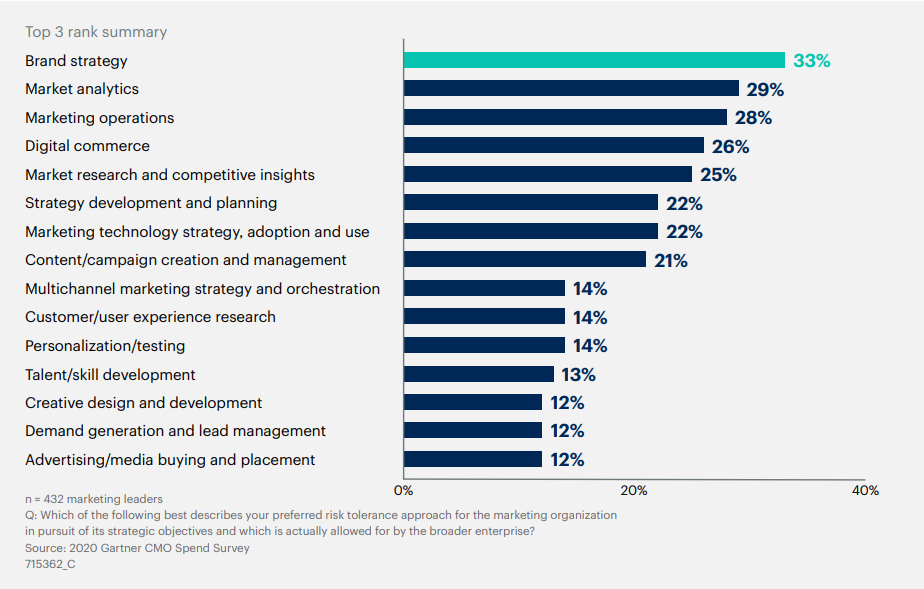 1,620 views
1,620 views April 2, 2024
April 2, 2024 7090 Views
7090 Views  5 min read
5 min readIn summary…
Case studies are an effective marketing and sales tool to engage prospects, add credibility, and prove that your product or service helps your ideal customers. It provides insights into your business by using your previous or current customers as an example of what your value-driven solutions can achieve. At its core, a case study is an engaging story of how your solution benefited your customer, backed with raw facts and data to give the audience an idea of what they might expect so they can try the same thing for themselves.
An awesome case study needs to include 3 things:
1. An engaging story. People are hard-wired to respond to stories. So, you want to present your case study as a story.
2. Detailed results. Including the actual numbers behind your success story gives readers an idea of what they might expect. Hard numbers also make your case study more credible.
3. A step-by-step walkthrough of how you got your results. The whole point of reading your case study is so that people can try the same thing for themselves.
Learn more on how to build a powerful case study…
The importance of a case study can’t be underestimated. Case studies showcase the value of their products or services to potential customers or clients, helping to increase sales. Its value comes before the sale happens. Let’s look at some of the top benefits:
Brand storytelling uses narratives to create an emotional and value-driven connection between your customers and your brand. Your potential customers should imagine themselves in the protagonist’s shoes. Reading the ‘story’ will stick in their minds, and when they are ready to take action, they will remember you and come to you for their needed solution.  Image source: Gartner
Image source: Gartner
Case studies act as social proof, giving prospects the confidence to work with you or purchase a product. They’re a brand strategy that helps differentiate you from your competitors.
The most important parts of a case study typically include:
1. The Situation your client was in where they were faced with a problem or challenge. Background information on the client—things that established the situation.
2. The Strategic Solution or approach provided by your product or service being studied.
3. The Measured Results and data analysis of your solution or approach.
4. The limitations or challenges encountered during the process.
5. A conclusion or key takeaways that summarize the overall impact of the solution or approach.
6. A well-crafted title. Making the critical data stand out is especially important when attracting a prospective customer with marketing case studies.
7. Visuals to engage readers. Here’s an example outline for a case study: (should include storytelling and powerful visual presentation)
Introduction: Start with a brief overview of the problem your customer faced. Include a background of the company and the product/service you used to help resolve their issues.
The Challenge: Clearly define the challenge or issue that led to the case study. This should include the impact, scope, and duration of the problem.
The Solution: Explain your solution or strategy to address the challenge. Include the unique approach, resources, and other vital details.
The Implementation: This section should cover how your company executed the solution, including timelines, team members’ roles and responsibilities, and other details about the implementation process.
The Results: Highlight the strategy’s outcomes. Add 3-5 achievements depending on the goal that was to be accomplished. For example, increase in organic traffic, inbound leads, conversions, ROI, and more. Use graphs and charts to showcase the results. Consider including metrics and data to support the campaign’s success, such as click-through rates, conversions, or engagement metrics. This helps to back up your claims and establish credibility with potential clients or customers.
Conclusion: Finally, conclude with a recap of the problem, the solution adopted, and the results achieved. Also, include any additional insights, learnings, and recommendations for future improvements.
References: Include references or sources that support the case study. This ensures credibility and can help readers further understand the solution and outcomes presented in the case study. For instance, include a screenshot of the increased conversions and quotes from your client.
1. Who is the sample customer/client, and what do they do? Brief description of the company (Include a link to their website)
2. What were the customer’s goals?
3. What were the customer’s needs/challenges that necessitated a change?
4. How did you satisfy those needs and help the customer meet their goals? Short-term goals? Long-term goals?
5. How did you implement the change? What process did you follow during implementation? Step-by-step.
6. What roadblocks did you help the client/customer overcome?
7. What made ‘your solution’ stand out over others they researched?
8. What feature was most appealing to them of the product/service?
9. What were the results of the change? What success did they enjoy with the product or service? Provide specific numbers. Use data to make concrete points about your sales and successes.
10. Can they share other metrics showing their success with the product/service?
11. Are there images to share showing great results? Before and after results.
Case studies are more in-depth than reviews and testimonials. They describe how you addressed a challenge head-on by offering a solution that empowered your client to achieve positive results. Responsify crafts expert-level marketing strategies to elevate our B2B clients. If you need help showcasing the value of your products or services to potential customers, get a fresh perspective on your marketing with a free assessment.
Also Read – Digital Marketing Statistics 2024
